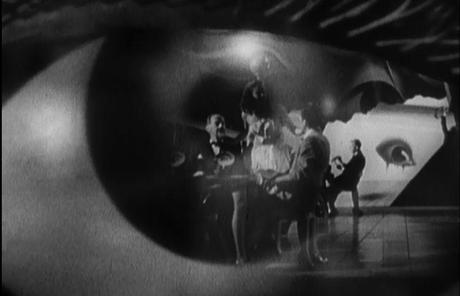It would appear that Hitchcock conducted his research before he started Spellbound very well. Spellbound not only arrived in the midst of World War II, but also the height of what is now known as first force psychology. Sigmund Freud, father of psychoanalysis, died six years before the premiere of Spellbound, but he left many followers to continue the discipline of psychoanalysis. Freud’s students Anna Freud, Carl Jung, and Alfred Adler revolutionized his theories during the 1940’s and 1950’s and brought psychoanalysis to the forefront of science.
But the scientific world was not the only realm touched by Dr. Freud. An artistic movement was also spawned out of the psychoanalytic era: Surrealism. During the 1910’s and through to the 1960’s, psychoanalysis was largely responsible for this artistic movement, where the human psyche was decoded from the unconscious of free-association and dreams. Spellbound expounds on this detail in a remarkable way. In many ways, it would seem that Hitchcock was more focused on this concept than the plot of Spellbound itself.

Alfred Hitchcock's Spellbound (1945)
In this famous dream sequence, designed by surrealist Salvador Dali, we watch as our main character recounts a dream that is later used to discover the true identity of a murderer. Masterfully constructed, Hitchcock uses psychoanalysis to relay the dream so that is easily decoded by the viewer (some might say perhaps too easily). But Hitchcock’s intent was not to produce an enigmatic scene that can never be fully deconstructed– he wanted to provide a surreal experience within a comprehensible narrative, and he succeeded.

